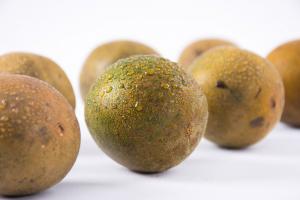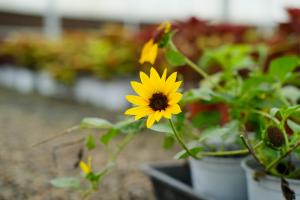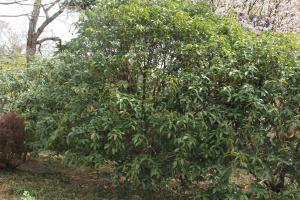Introduction
Ginger is a widely used ingredient in cuisines all over the world. However, not everyone knows what a ginger plant looks like. In this article, we will explore the physical appearance of a ginger plant.
Appearance
The ginger plant, which belongs to the Zingiberaceae family, is an herbaceous perennial that can grow up to 3-4 feet tall. The leaves are long and narrow, ranging from 6-12 inches in length and 1-2 inches in width. They are green in color and have a smooth texture. The leaves grow alternately on the stem, which is thick and fleshy, with a light brown color.
Roots
The most distinctive part of a ginger plant is its root, which is used in cooking and medicine. The ginger root is actually a rhizome, a modified stem that grows horizontally underground. The rhizome is irregular in shape, with finger-like projections. Its flesh is creamy-yellow, and it is covered with a thin, brown skin that can be easily peeled off. The ginger root is often used in its fresh or dried form to flavor food, treat nausea and vomiting, and as an anti-inflammatory.
Flowers
In the wild, ginger plants produce flowers that are attractive and brightly colored. The flowers grow on long stems that rise from the base of the plant. They have a distinctive shape, with a tube-like structure and a long, pointed tip. The flowers can be red, pink, yellow, or white, and they are often speckled with darker markings. Ginger flowers are not commonly seen in commercial cultivation, as they are less important than the rhizome.
Cultivation
Ginger plants are usually grown in tropical and subtropical regions. They require warm temperatures (above 50 degrees Fahrenheit) and high humidity in order to thrive. In commercial cultivation, ginger plants are propagated from sections of the rhizome, which are planted in soil. The plants are tended carefully until they reach maturity, usually after 8-10 months. At this point, the rhizomes are harvested and prepared for use.
Conclusion
In conclusion, the ginger plant has a distinctive appearance that is relatively easy to recognize. With its long, narrow leaves, thick stem, and irregularly shaped rhizome, it is a striking addition to any garden or plantation. Its uses in cooking and medicine have made it an important crop in many parts of the world.

 how many times do yo...
how many times do yo... how many planted tre...
how many planted tre... how many pine trees ...
how many pine trees ... how many pecan trees...
how many pecan trees... how many plants comp...
how many plants comp... how many plants can ...
how many plants can ... how many plants and ...
how many plants and ... how many pepper plan...
how many pepper plan...































